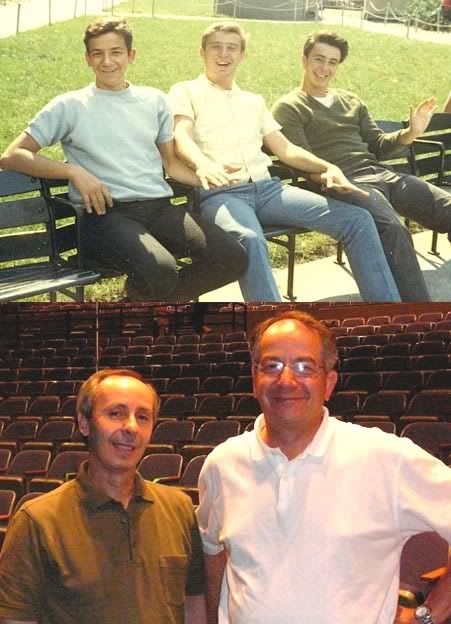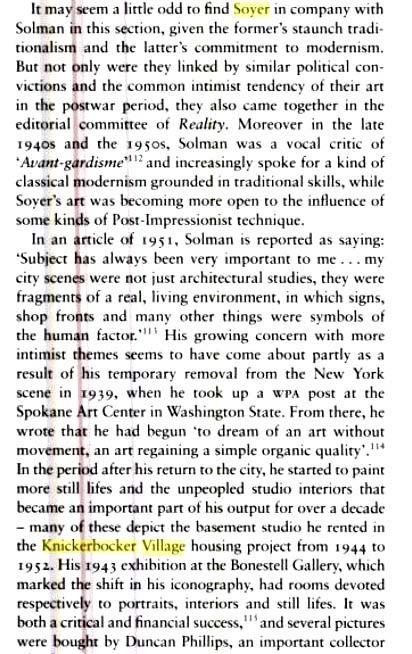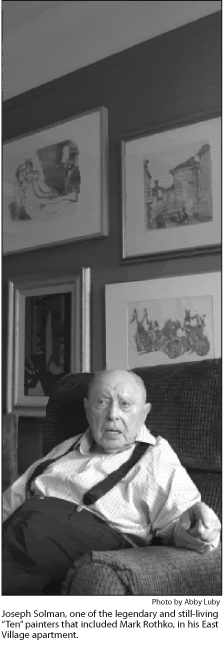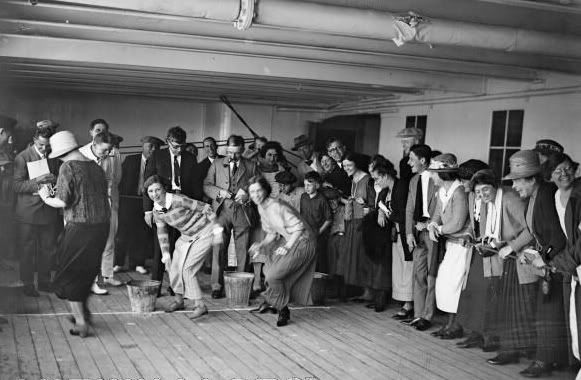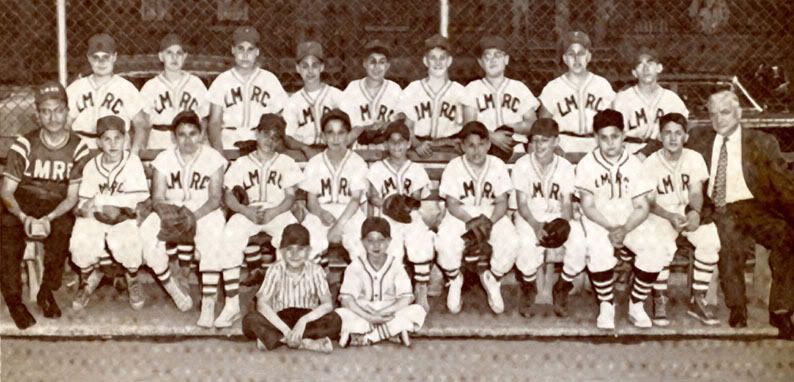click to enlarge, note the 14 Monroe address for the then 36 year old Seth (a former gold glove boxer of note)
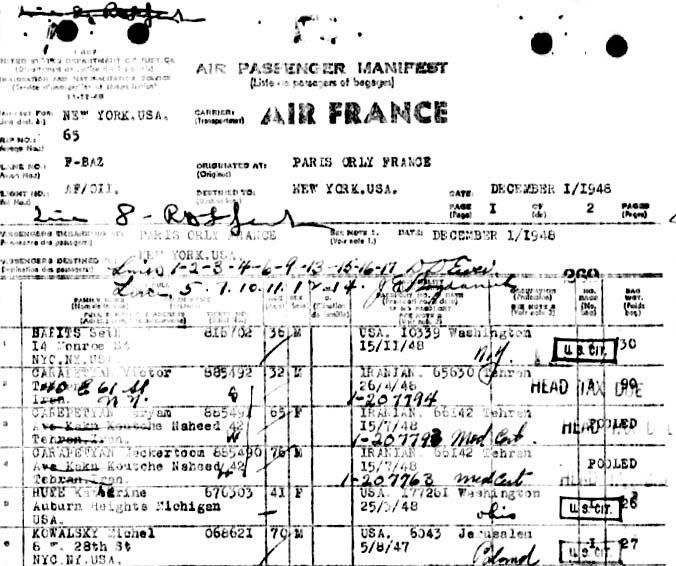
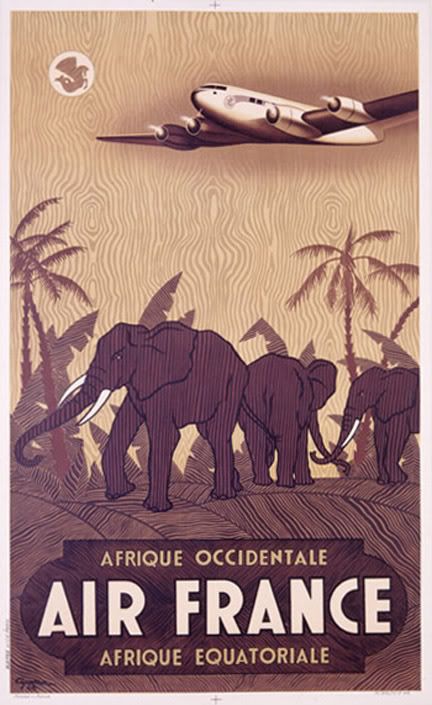
I have some possible scenarios (and completely made up by me) for this event:
1. It's one year before his son's future birth and Seth had gone to Paris to learn some advanced French techniques to sire a son after having two daughters.
2. He's working for the CIA and is traveling with the Iranians (just below his name on the manifest) in anticipation to the 1953 coup called Operation Ajax
from wikipedia
The 1953 Iranian coup d'état deposed the elected government of Prime Minister Mohammed Mosaddeq and his cabinet, it was effected by SIS and CIA spies working with anti-Communist civilians and army officers. This coup d'état, Operation Ajax required CIA man Kermit Roosevelt, Jr.'s bribing government officials, the news media, and businessmen, to allow imposing retired Gen. Fazlollah Zahedi and Imperial Guard Col. Nematollah Nassiri as the government.
This deposition of an elected civil government was "a critical event in post-war world history", because it re-installed the very unpopular Shah Mohammad Reza Pahlavi, leading a pro-Western dictatorship, that, in the event, contributed to his deposition by the anti-Western Islamic Republic in 1979.
In the U.S., Operation Ajax (originally viewed as a triumph of covert action), now is considered "a haunting and terrible legacy". In 2000, Secretary of State Madeleine Albright, during President Bill Clinton's reign, called it a "setback for democratic government" in Iran.
Among the Western rationalisations for their coup d'état are CIA bribes and domestic Iranian dissatisfaction with Mossadegh's civil government. Motivations ascribed to the Anglo-American foreigners who re-imposed the Shah include desire to control Iran's petroleum, contempt for democracy in south west Asian states, and "benign" concerns of Iran's falling under Russian control.
3. He has signed up the Carapetyan's (the Iranians on the manifest) for his talent agency.
An obituary for a then future Carapetyan
Geraldine V. Carapetyan, 68, passed away on November 22, 2007 in Oswego, New York. She was born in Newark, NJ and was the daughter of the late Gerard and Erminia Festante. Ms. Carapetyan was a classically trained singer and graduate of the prestigious Juilliard School in New York City (Class of 1962) and had been a voice teacher at the State University of New York, College of Oswego from about 1970 to 1990. She is survived by her brother, Richard Festante of Bethpage, two sons, Christopher and Gregory Carapetyan of Oswego and New York City, respectively, along with four grandchildren (of Christopher). She is loved, remembered and missed by countless others who had the pleasure of knowing her. Arrangements were made by Arthur F. White Funeral Home. Funeral Mass was held November 17 at St. Martin of Tours RC Church with interment following at St. Charles Cemetery.
